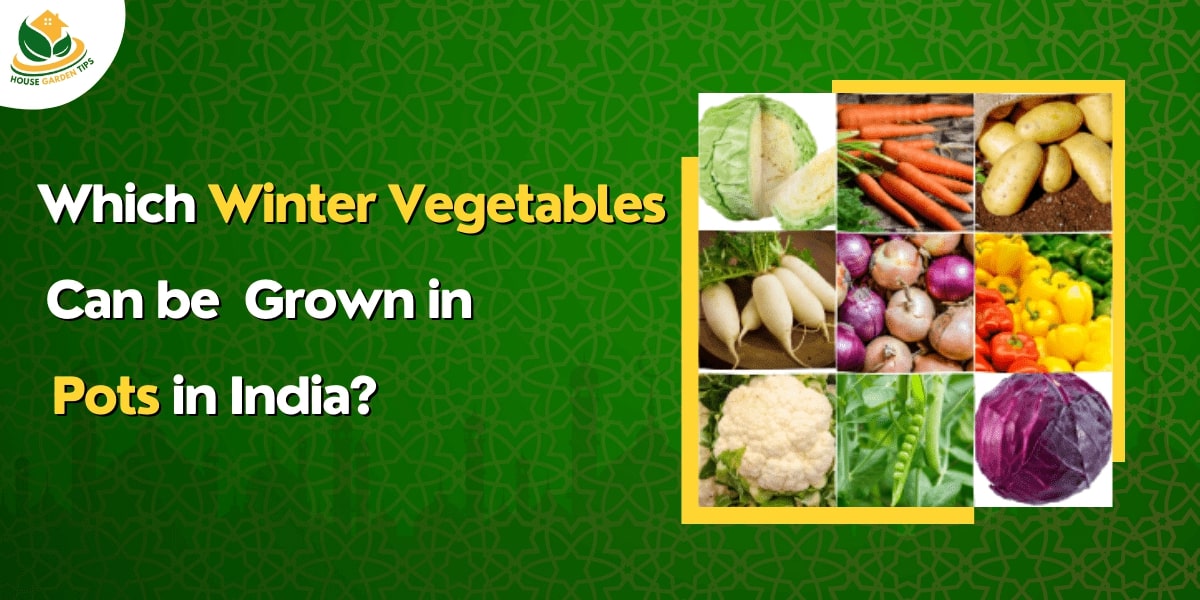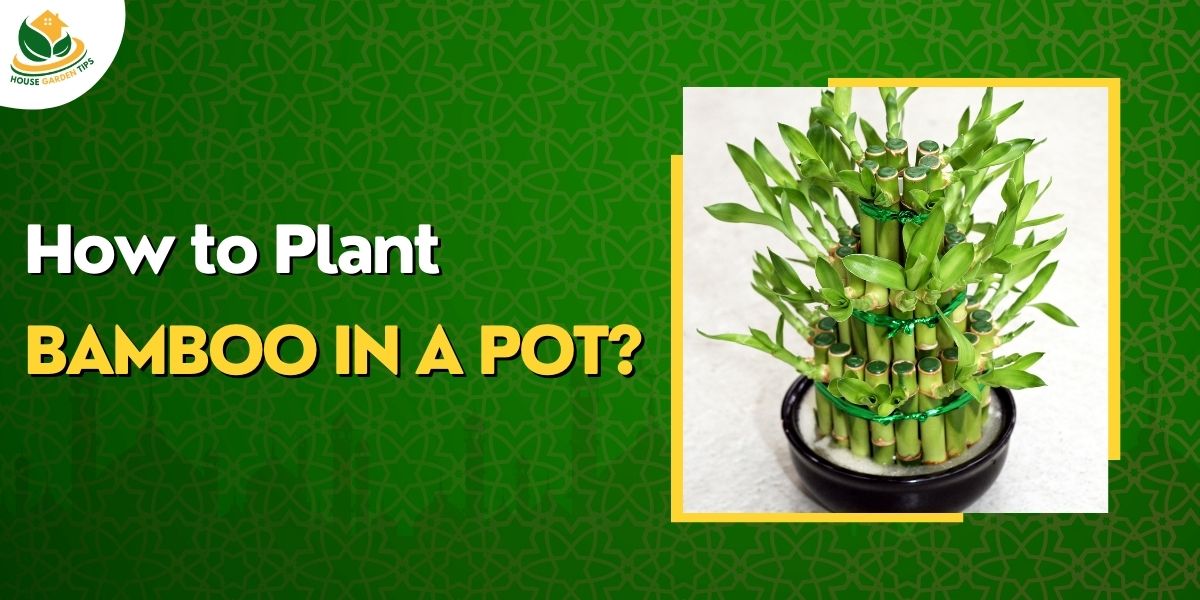Table of Contents
Awesome Vegetables to Plant in October Growing Season in Indian Terrains
October is an ideal time for welcoming new fruits and vegetables to thrive in your garden. The cool weather encourages the vegetable plants to root quickly and the soil is generally easier to work, unlike the previous month when the weather doesn’t remain the same. To start your gardening this October in India, dig a hole slightly larger than the root ball of the plant and set the plant in the hole at the same height it was growing in its nursery pot, and pour some water for that chap. It’s that simple!
Here are our best season vegetables to grow in October in Indian vegetable gardens
Pomegranate – Punica granatum
How about growing an Indian fruit? One which is very common in the country, then Pomegranate would be a great pick for your garden this October! They are to be sown from October to January. Pomegranates prefer well-drained loamy soil with a pH of 5.5 – 7, but tolerate considerable amounts of alkalinity and sodium in the soil. It should be mulched annually with rotted manure or compost. It is considerably colder & hardy than citrus; some can tolerate temperatures as low as 10℃, but others may be damaged at 18℃. Pomegranate trees will produce a reliable harvest two to three years after planting. This treasure chest of ruby reds needs plenty of sun to thrive and produce fruit. Look for an area that gets at least 6 hours of direct sun. Pomegranates are a good source of vitamin C, vitamin K, and potassium.
Onions – Allium cepa
Indian onions have two crop cycles, the first harvesting starts in November to January. Onion is a winter vegetable which is easy to grow in all types of soils. However, the best choice would be a well drained loamy alluvial soil rich in organic matter with good moisture retention. The optimum temperature for the vegetative phase and bulb development is 13-24˚C and 16-25˚C. Bulb formation starts after reaching a certain day length with the short-day varieties forming bulbs with 11 – 12 hours of sunlight & the intermediate-day varieties needing 12 – 14 hours of sun to form bulbs. The long-day varieties need northwards of 14 hours of daylight before the bulbs start to form. Onions take about 3 to 4 months from planting to harvest. Onions contain decent amounts of vitamin C, folate, vitamin B6, and potassium, which provide several benefits.
Mustard – Brassica nigra
In India, Mustard is grown in the Rabi season from September-October. Mustard is adapted best to fertile, well-drained, loamy soils, but it can grow in variable soil types with good drainage. If your garden soil is vulnerable to crusting before the seedling sprouts, then it is a major roadblock. So, bear that in mind during your gardening efforts to plant these vegetable seeds. The mustard family also advises us to keep them out of dry sandy and dry loamy soils too. The ideal temperature for the growth of mustard is 15°C – 25°C while the germination temperature is a bit high 28°C. Ideally, they like six to eight hours of sun per day to thrive in growth. The mustard plant is very quick to grow without the need for much fertilizers and is ready for harvest within 40 days. Their leaves contain significant amounts of Calcium, Copper, and vitamins C, A, and K, while their seeds are particularly rich in Fibre, Selenium, Magnesium and Manganese.
Pumpkin – Cucurbita maxima
Pumpkins can grow all around the year when there is a good source of water available. So, while planting them, remember to nourish them with enough water. Their ideal month is September to December. Pumpkins can be grown successfully on almost any good soil where they will receive full sunlight throughout the day. Sandy soil rich in organic content would be the best choice. Even if the soil is clayey, adding a bit of sand and organic matter greatly helps. Pumpkins don’t like it when it is cold and would incur injuries even when exposed to the slightest frost. The optimal growing temperature for pumpkins ranges between 65 and 95°F. Generally, pumpkins take 90-120 days to mature after seeds are planted, depending on the variety. One can identify a ripe pumpkin when it is fully coloured with a hard rind and a stem that has turned a bit woody. Pumpkins are a great source of vitamin A, vitamin C, and potassium.
Rose – Rosa damascena
Rose plants thrive in low temperatures and root growth is very active in the winter season. October is the most suitable time for planting roses. Roses need soil that drains well but holds moisture long enough for the roots to absorb it. Loam soil is ideal—too much clay and the roots can become waterlogged, but sandy soil will drain before the roots can get a good drink. The ideal climate for rose growing should have a temperature of a minimum of 15°C and a maximum of 28°C. Roses love an open sunny space with no overhanging branches of trees. However, in the hot climate of summer, partial shade is helpful. It takes approximately two weeks for a rosebud to bloom into a flower and continue to produce new blooms in six- to eight-week cycles throughout the growing season. Rose petals powder had high quality phytochemicals and antioxidant activity.
FAQ
1. Can tomatoes grow in October?
Luckily your desire may just come true! October seems to suit the conditions in which the tomatoes planted start growing in your garden.
2. What flowers do I plant in October?
Apart from the Rose listed in our list above, the other flowers that are compatible with the conditions of October in India are Iris, Magnolia and Calla Lilies.
3. Which vegetables to grow in kitchen gardens in October?
Have a look at our detailed list of plants that can be grown in October. This list was prepared in accordance with the seed sowing calendar, vegetable growing season chart and fruit growing season chart for India.






